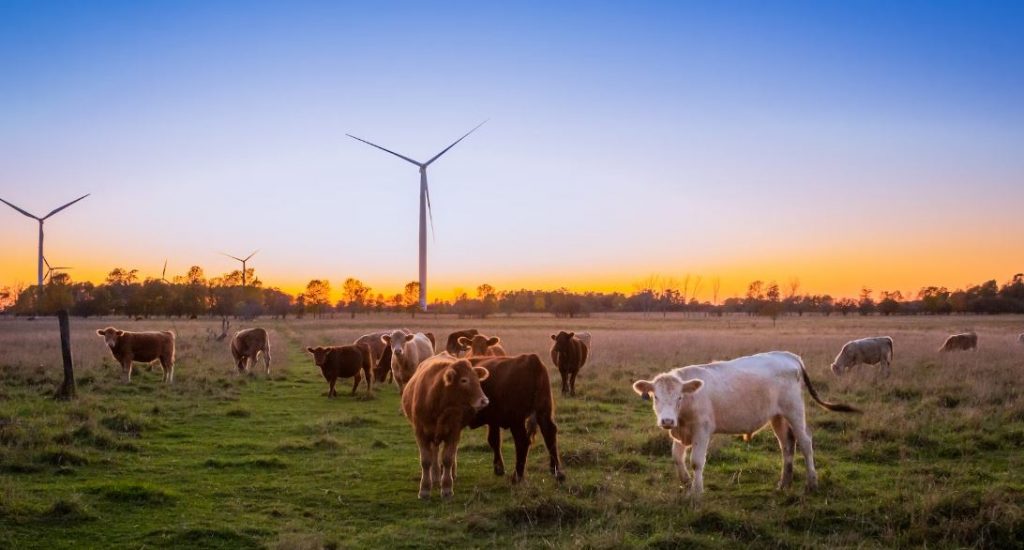Livestock safety is a critical aspect of running a successful farm. Ensuring the well-being and health of your animals not only promotes their welfare but also contributes to the overall productivity and sustainability of your farm. In this blog post, we will discuss essential strategies for building a safe environment for your livestock.
Adequate Housing and Shelter
Providing proper housing and shelter is paramount when it comes to livestock safety. The design and construction of animal housing should take into consideration the specific needs of each type of livestock and the prevailing weather conditions in your region.
For instance, dairy cows require comfortable resting areas with appropriate bedding material to prevent injuries and promote good health. Poultry should be housed in well-ventilated structures that protect them from extreme temperatures and predators. Additionally, ensuring adequate space for each animal and implementing proper ventilation systems are crucial to maintaining optimal air quality and preventing the spread of diseases.
Customized Livestock Equipment through Metal Fabrication
Another significant strategy to ensure livestock safety involves using customized equipment specifically designed to match the unique needs of your farm. Companies specializing in metal fabrication, like those in Salt Lake City, provide a valuable resource in this regard. These companies offer the expertise to create customized feeders, gates, panels, and other farm necessities that are crucial for managing your livestock safely.
With metal fabrication, you can ensure the equipment is built to last and withstand the rigors of farm life. It allows for the creation of durable, high-quality equipment that promotes efficient farm operations and minimizes the risk of accidents or injuries. Whether it’s a custom-built livestock trailer or a specialized milking machine, relying on professional metal fabricators can dramatically improve the safety and well-being of your livestock.
Secure Fencing and Enclosures
Fencing and enclosures play a vital role in keeping livestock safe by preventing escapes and protecting them from potential threats. The type of fencing you choose will depend on the size and behavior of your animals.
Electric fencing is often used for larger livestock, as it provides a strong deterrent while minimizing the risk of injury. For smaller animals like poultry or rabbits, wire mesh fencing with small openings can effectively keep predators out while allowing for proper airflow.
Regular maintenance of fences and enclosures is essential to ensure their structural integrity and prevent any potential hazards that could injure your livestock.
Proper Handling Facilities
Investing in proper handling facilities is crucial for the safety of both animals and handlers. These facilities should include well-designed chutes, gates, and alleys to facilitate the movement of livestock without causing stress or harm.
Livestock handling facilities should be built with sturdy materials and proper dimensions to accommodate the size and weight of your animals. Non-slip flooring is also important to prevent slips and falls.
Additionally, providing adequate lighting in handling areas ensures clear visibility and reduces the likelihood of accidents during animal movement.
Biosecurity Measures
Implementing biosecurity measures is crucial for preventing the spread of diseases among your livestock. Disease outbreaks can have devastating consequences for both animal welfare and farm profitability.
To maintain a high level of biosecurity, consider implementing measures such as controlled access to your farm, proper quarantine protocols for new animals, regular vaccinations, and strict sanitation practices. Designated areas for cleaning and disinfection of equipment and vehicles should also be incorporated into your farm layout.
Working closely with veterinarians and following their recommendations for disease prevention and control will further enhance the safety and health of your livestock.
Emergency Preparedness
Being prepared for emergencies is essential to ensure the safety of your livestock. Develop an emergency response plan that includes procedures for evacuations, sheltering-in-place, and addressing common emergencies such as fires, severe weather events, or disease outbreaks.
Regularly inspect and maintain emergency equipment such as fire extinguishers and first aid kits. Ensure that all staff members are trained in emergency response procedures and have a clear understanding of their roles and responsibilities.
Maximizing livestock safety on your farm is a multifaceted undertaking that requires careful planning, implementation, and ongoing maintenance. By providing adequate housing, secure fencing, proper handling facilities, and adhering to biosecurity measures, you can create a safe and healthy environment for your animals.
Remember to regularly assess and improve your farm’s safety measures, stay informed about best practices, and seek guidance from experts in the field. By prioritizing livestock safety, you not only protect the well-being of your animals but also contribute to the long-term success and sustainability of your farm.


